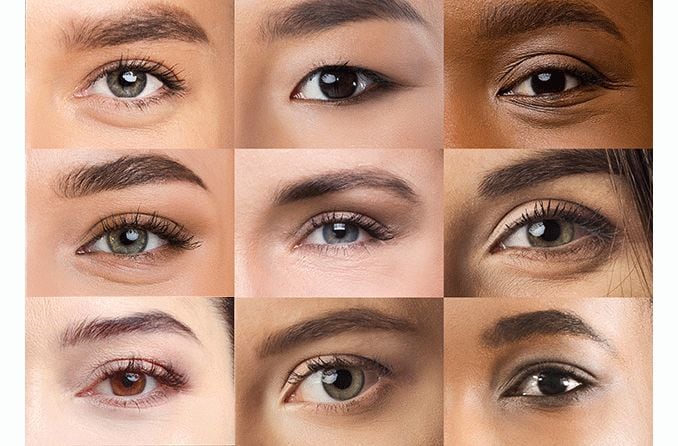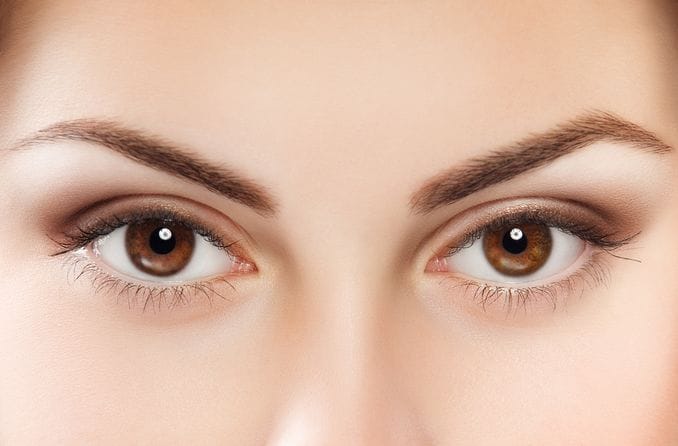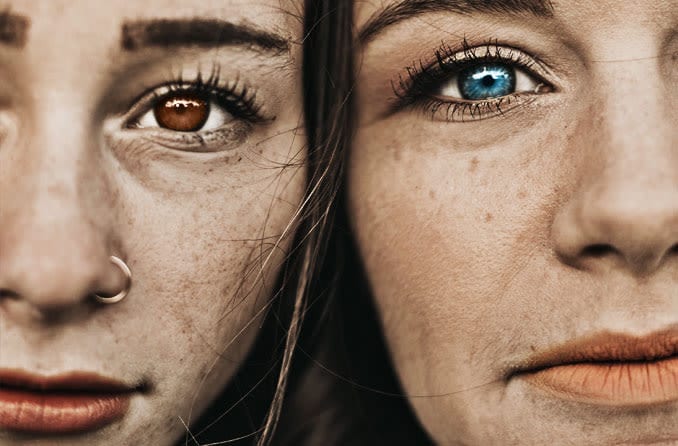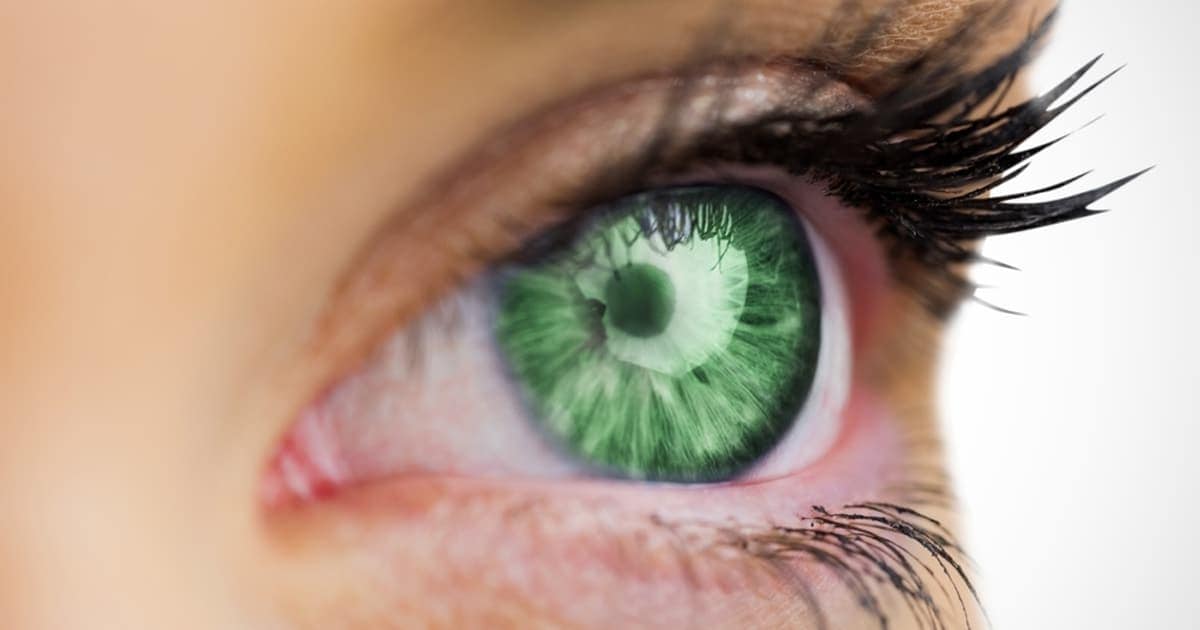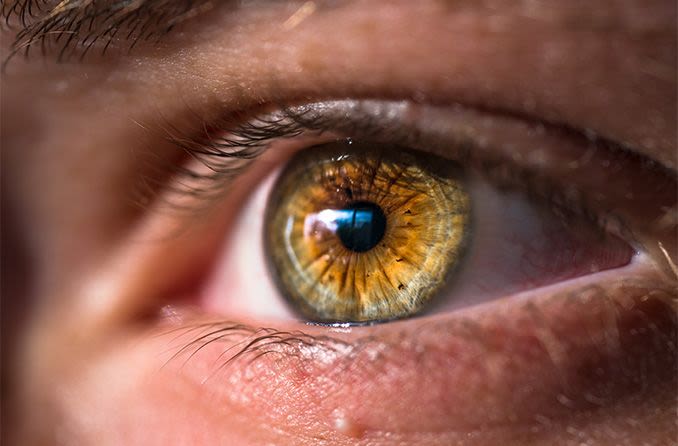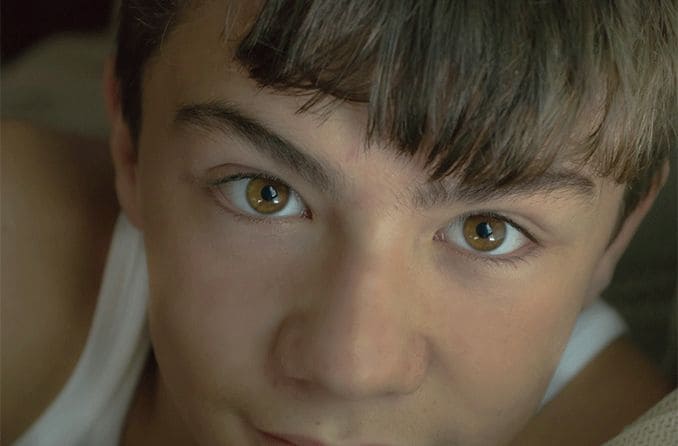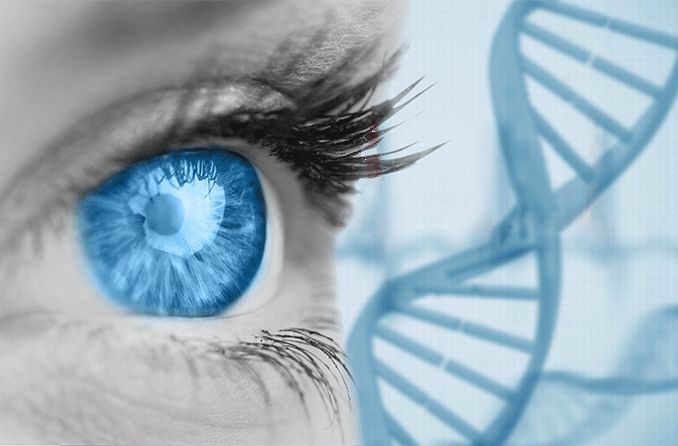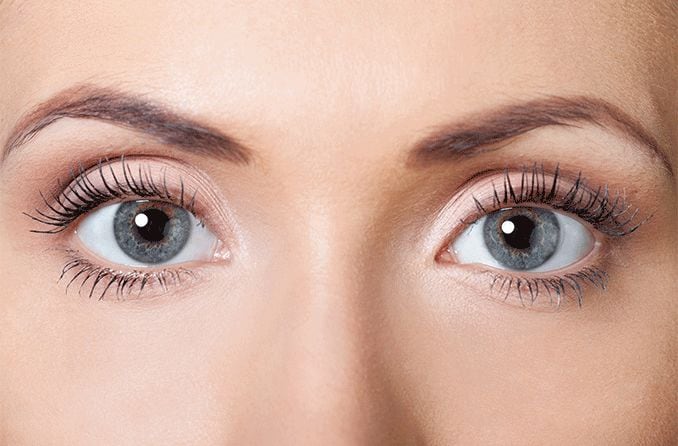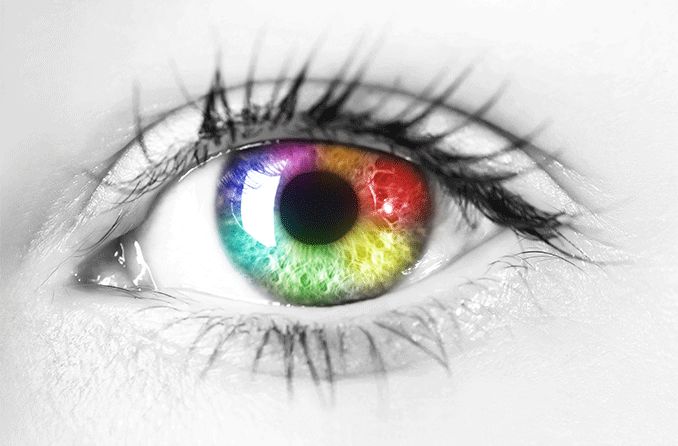All about blue eyes
About half as many Americans have blue eyes as brown eyes. Worldwide, around 9% of people have blue eyes. But blue eyes aren’t actually blue. Rather than including a blue pigment, they actually just lack the pigment that makes eyes brown.
1. Everyone with blue eyes is related
Approximately 11,000 years ago, a baby was born in Europe with a harmless genetic mutation. That little DNA blip was blue eye color.
As far as researchers can tell, this was the first blue-eyed person, and everyone who has blue eyes today is a (very) distant relative of this ancient human.
Before that person, everyone had brown eyes. It was that mutation, which affects the OCA2 gene, that turned off the ability to produce brown eyes in those who have it.
Eye color depends on how much of a pigment called melanin lives in the iris of the eye. Melanin is also responsible for the color of your skin, eyes and hair.
This genetic mutation limits how much melanin is produced in the iris — “diluting” dark brown eyes to a shade of light eyes, like blue.
Because blue eyes have very little melanin, light scatters through the iris in a way that makes them appear blue. This process is known as Tyndall scattering, which is similar to Rayleigh scattering — the phenomena that causes the sky to look blue.
In addition to having significantly less melanin in their irises than people with brown eyes, hazel eyes or green eyes, blue-eyed individuals don’t have very much variation in the part of their DNA responsible for melanin production.
Brown-eyed individuals, on the other hand, have a lot more variation.
This means that everyone with blue eyes can be linked back to one ancestor. Their genetic mutation was inherited at the exact same point.


